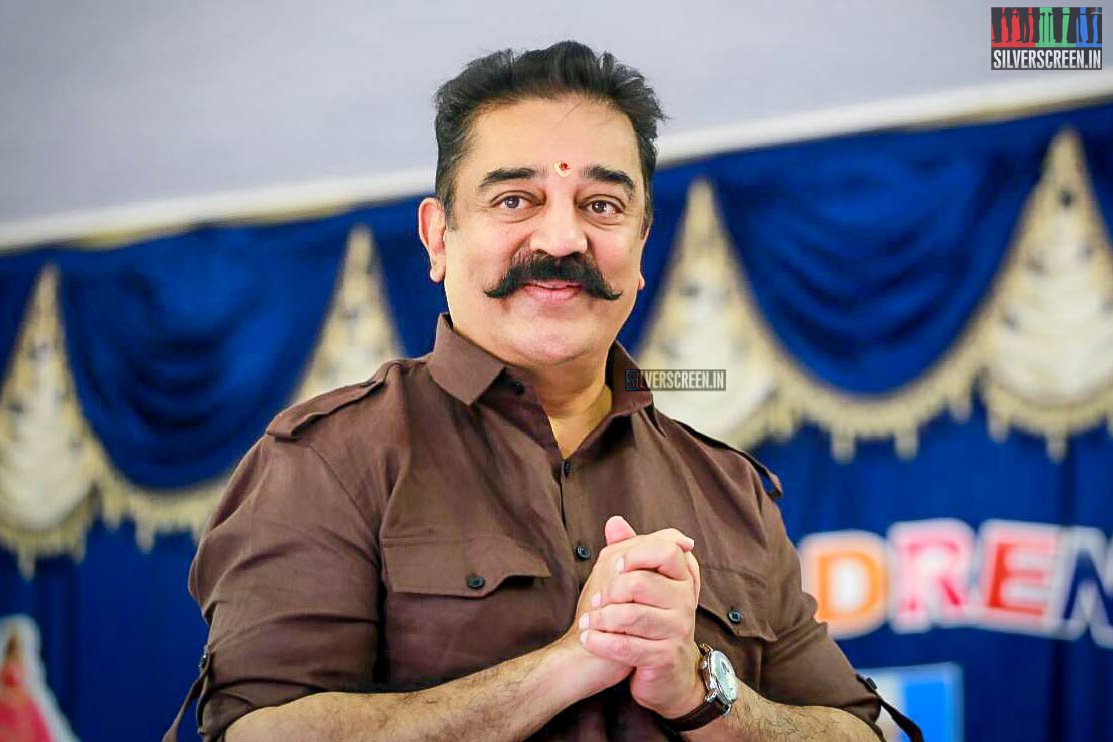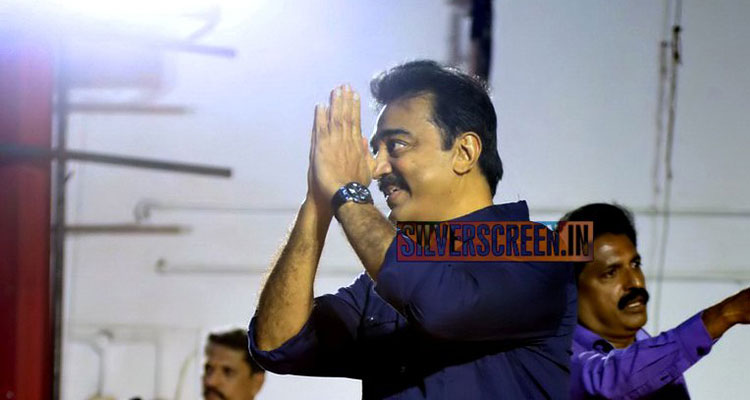Director: Ponram
Cast: Sivakarthikeyan, Samantha, Soori, Lal, Simran, Napolean
Composer: D Imman
It is no secret that Sivakarthikeyan models himself after Rajinikanth and – he is not alone in this – wants to capture that Superstar status. The only difference is how much he is willing to ape the exact trajectory of Rajini, to the extent that he piggybacks on some of Rajini’s and other actors’ oeuvre. Seema Raja, Ponram’s third film with Sivakarthikeyan follows – you guessed it – Rajini Murugan and there too, Sivakarthikeyan was up to similar tricks. Both Ponram and Sivakarthikeyan seem to be regressing with each passing effort and now they are just scraping the barrel. They are unable to settle with just Rajini. They piggyback on Ajith, Vijay and Kamal Haasan too for their jokes and subplots. Even Naga Chaitanya isn’t spared, because his wife Samantha plays Selvi; she probably thanked her stars that Ponram didn’t write for her one of those cloying roles that women are usually cursed with in these films. A rare relief in an otherwise overblown, overstuffed, derivative din of a film.
Seema Raja has Sivakarthikeyan returning to his old habits after a mighty impressive Velaikkaran that now comes across as deviation from regular programming for him. This time it is Rajinikanth’s Ejamaan that Ponram and Sivakarthikeyan borrow heavily from. Seema Raja (Sivakarthikeyan) is of royal descent; the zamindar household in Singampatti is still revered and his father (Napolean) is referred to as the Raja. The village has an ongoing feud with neighbouring Puliyampatti, which is dominated by Kathadi Kannan (Lal), who, as his name suggests, has profited from arm-twisting farmers into selling their lands to install windmills. Seema Raja is the Ejamaan-like figure, a feudal lord, albeit a benevolent one, presiding over the village even if Ponram wants to present this as a comedy, with Soori rounding up the pair. Along with them, everything wrong with the modern, average Tamil masala film returns: lewd and misogynistic jokes, a helping of stalking and a soup song promising the reassurance that even after getting rejected by the girl for the millionth time, boys should keep trying. While feudalism and the one-man saviour concept is reinforced by Seema Raja, there is also a budget Neelambari in Kaleeshwari (Simran) with Simran unable to summon the spunk and energy of Ramya Krishnan. Not that her character is helped by Ponram’s writing. There is even a direct reference to the Padayappa oonjal scene. Apparently, bankruptcy exists only in the intellect of these filmmakers.
Recommended
It is no surprise that Ponram comes from the school of M Rajesh – the director who made blatant misogyny fashionable and mainstream; who made a trend out of the bibulous soup songs slandering women; and who can almost be called an auteur because he sticks to these themes with workmanlike rigor. Ponram is more subdued, but he is also a bit confused. His films give the feeling that he is making them up as he goes along. Ejamaan here, a Padayappa there, a little bit of Sivaji in this scene… Out of nowhere, in a scene, Raja threatens that he would file a “habeas corpus” because Selvi’s father has held her against her wishes. I am not sure that’s how it works but the sudden mention of habeas corpus in Seema Raja surely woke me out of my stupor. Maybe, Ponram learned about it during filming and thought it would be cool to include it somewhere. Just like he seemed to have watched Padmaavat and decided to introduce Alauddin Khilji and Malik Kafur in Singampatti. Samantha, Simran and Lal disappear for vast stretches of the film while we break our heads over the identity of the real antagonist. It could be a leopard, or a dog called Tiger painted to look like a leopard. Suddenly, we find ourselves in the 14th Century. With feudalism and pride of the ruling class at the centre of Seema Raja, Ponram is right in thinking that the setting isn’t that anachronistic after all. When the disagreement cannot be settled by law and the courts, the two villages hold a wrestling bout to decide the winner. The Singampatti team is called Super Kings and members wear yellow vests – why leave out CSK when we are going all derivative – sponsored by Ponvandu detergents. One of the few genuine, if unintended, chuckle-worthy moments in the film. Also, something we probably need to cleanse Tamil cinema of these bad habits.
—
The Seema Raja review is a Silverscreen original article. It was not paid for or commissioned by anyone associated with the movie. Silverscreen.in and its writers do not have any commercial relationship with movies that are reviewed on the site.



